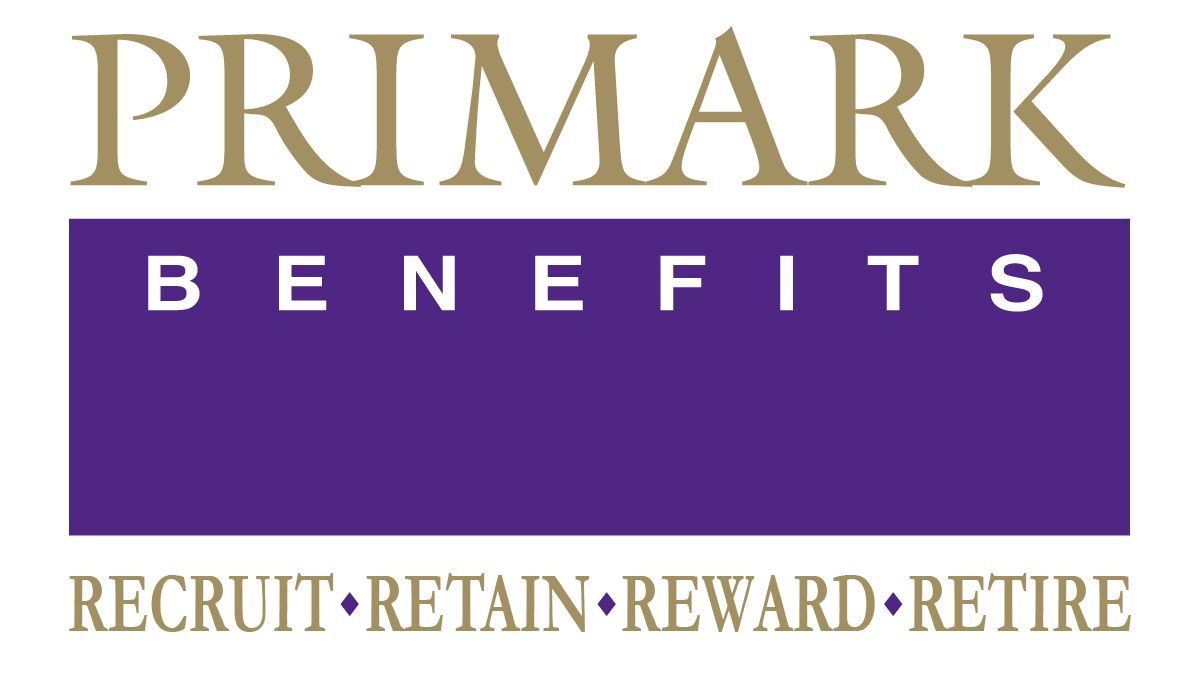How to “Break” a Retirement Plan, Part III: What the IRS Finds Most Often
Welcome back to our series, How to “Break” a Retirement Plan” In Part I, we examined structural mistakes—the foundational missteps in plan design, contribution handling, and payroll processes that can quietly set a plan on the wrong path. Part II focused on operational blind spots, showing how day-to-day execution errors, from auto-enrollment missteps to mishandling former employees’ accounts, can derail even a well-designed plan.
Now, in Part III, we turn our attention to what happens when the IRS takes a closer look. When a retirement plan is audited, the IRS isn’t searching for obscure loopholes; it’s looking for a familiar set of recurring problems. These are the same types of errors that often start small but can grow into significant compliance issues. Understanding where auditors tend to focus can help plan sponsors stay ahead of “issues” before they become “findings”.

Out-of-Date Plan Documents
A plan document is only as good as its most recent update. To comply with the law, plan rules must reflect current tax legislation, which means updating documents at least every six years and making interim amendments for major changes. Using outdated plan language can create inconsistencies between how the plan is written and how it operates, a classic compliance misstep.
Tip: Maintain a tracking calendar for required restatements and amendments, and work with your TPA or document provider to ensure all updates are executed and signed on time.
Mis-defining Compensation
All contributions — whether profit-sharing allocations, match formulas, or employee deferrals — must align with the plan’s official definition of compensation. Including the wrong types of pay, or leaving out eligible earnings, leads to incorrect contributions and compliance test failures.
This issue often stems from payroll coding errors or incomplete system integration. It underscores the importance of tight coordination among HR, payroll, and plan administration; better yet, implement direct payroll integration with your recordkeeper or TPA to reduce manual errors.
Eligibility Mistakes
Though determining eligibility may seem straightforward, errors are surprisingly common. Missing an employee who should be enrolled - or allowing someone to participate too early - can cause failed compliance tests and trigger required corrections.
Poorly-defined eligibility rules create structural risk, but that is just half of the story: Even well-written rules fail if they aren’t applied consistently. Sponsors should ensure systems are accurately tracking hours, hire dates, and service history, especially for long-term part-time (LTPT) employees, a new area of regulatory focus.
Loan Failures
Retirement plan loans are a popular feature, and they come with strict IRS rules regarding borrowing limits, repayment schedules, and cure periods for missed payments. Common violations include failing to withhold repayments through payroll or exceeding the maximum loan balance.
Even a plan that is structurally sound and operationally disciplined can face compliance trouble if loan administration isn’t monitored carefully. Regular audits of loan activity and close coordination with payroll are critical to avoid costly reclassifications or taxable distributions.
Impermissible In-Service Withdrawals
Withdrawals taken before a participant reaches the allowable age or without meeting other plan-specific criteria can jeopardize a plan’s qualified status. Like hardship withdrawals, these distributions require strict adherence to plan rules and full documentation to prove eligibility.
A single unauthorized distribution can trigger cascading correction requirements, so maintaining clear approval processes and documented authorization is key.
Required Minimum Distribution (RMD) Failures
Participants who reach the required age for RMDs must receive payments on time. Missing or miscalculating an RMD isn’t a small clerical mistake; it’s a violation that can create significant tax penalties for participants and compliance issues for the plan.
This is another area that highlights the importance of ongoing operational vigilance. Automated tracking systems and annual participant data reviews can help ensure RMDs are processed accurately and on schedule.
Failed Non-Discrimination Test Corrections
Plans must ensure contributions do not disproportionately favor highly compensated employees (HCEs). When a plan fails an ADP or ACP test, corrections must be made promptly, either through refunds to HCEs or additional contributions for non-HCEs.
These failures often reflect a disconnect between plan design and workforce demographics, illustrating the interplay between structure and execution. Proactive midyear testing and plan design reviews can prevent last-minute surprises.
Top-Heavy Contribution Failures
When a plan’s assets are concentrated among “key” employees, the law requires minimum contributions to other participants in order to maintain fairness. Failing to meet this requirement is a major compliance red flag and often stems from misaligned plan design or misapplied calculations, themes we’ve explored throughout this series.
Regular top-heavy testing and ongoing contribution monitoring help ensure the plan remains balanced and compliant.
Excess Annual Contributions
Plans must monitor total contributions to ensure participants don’t exceed IRS limits for overall annual additions. Overfunding accounts may seem like a “good problem to have,” but it can result in costly corrections and participant tax complications.
This again underscores the importance of close coordination among payroll, HR, and plan administrators to verify contribution limits are respected and adjusted as needed.
The Bottom Line: Lessons from IRS Audits
Across Parts I and II, we’ve seen how structural missteps and operational blind spots can quietly set a plan on the path toward trouble. Part III shows that when the IRS audits a plan, it’s usually these same issues — document errors, eligibility oversights, and compensation miscalculations — that surface again and again.
The good news: most of these problems are entirely preventable, and easily repairable if caught early. Awareness, routine compliance reviews, and strong communication between your payroll team, HR department, and third-party administrator can keep your plan running smoothly and audit-ready.
A retirement plan is only as strong as its foundation, its daily operations, and its ongoing oversight. By learning from the patterns the IRS most frequently identifies, plan sponsors can protect participants, avoid penalties, and keep their plans far from “broken.”




